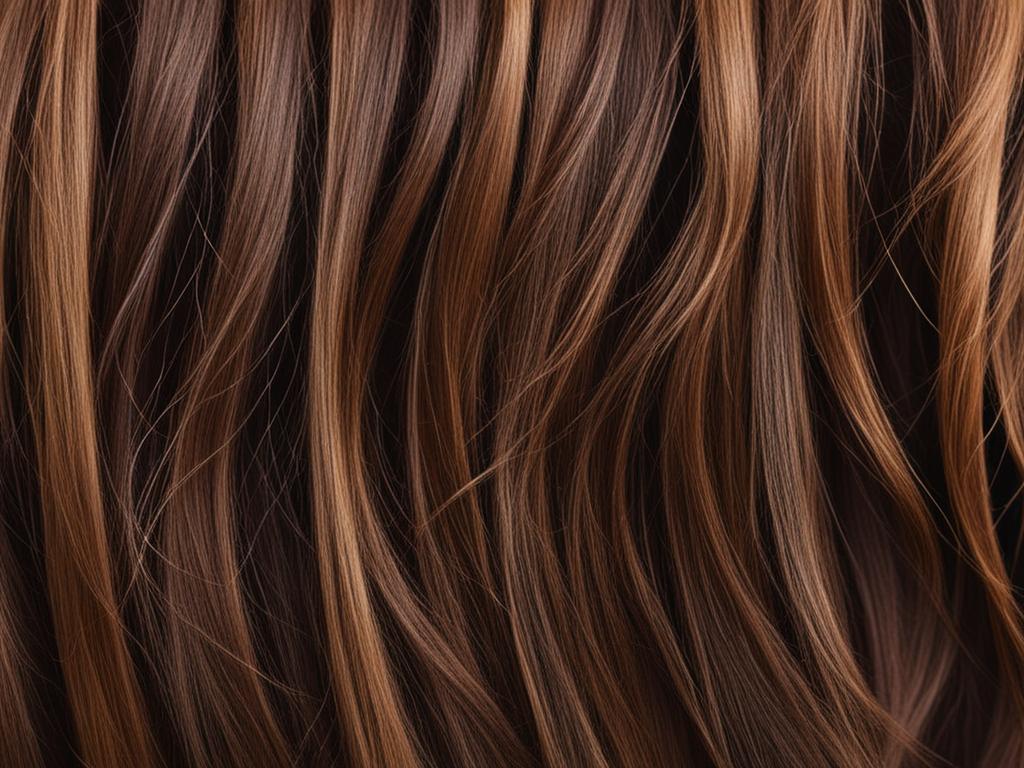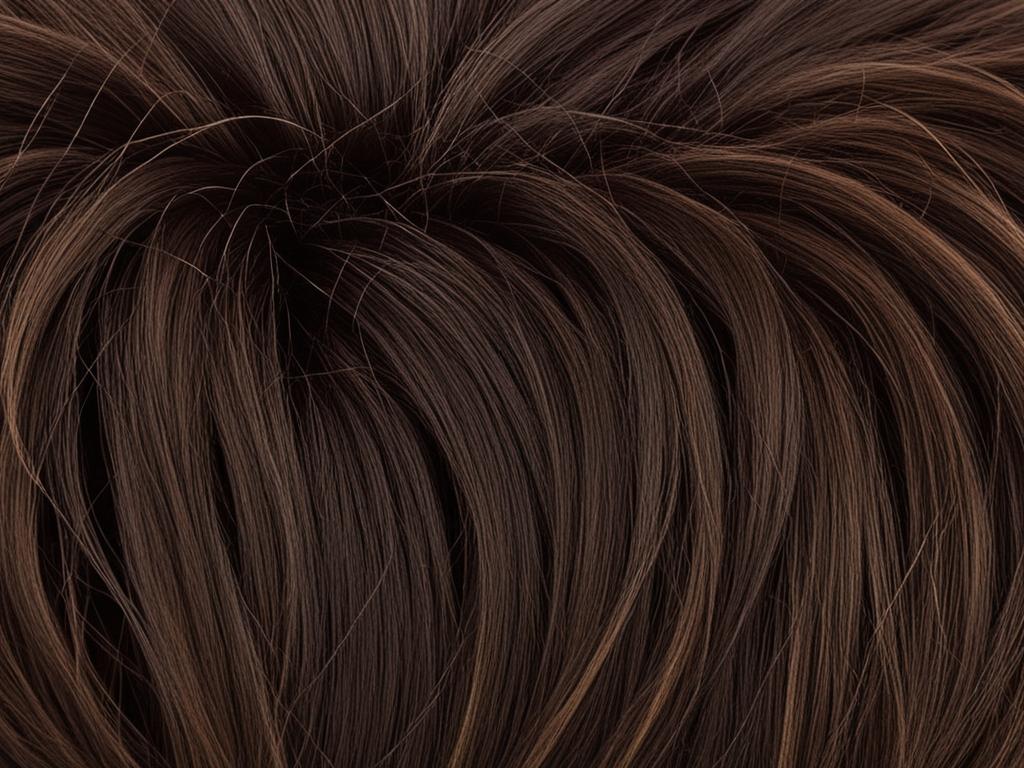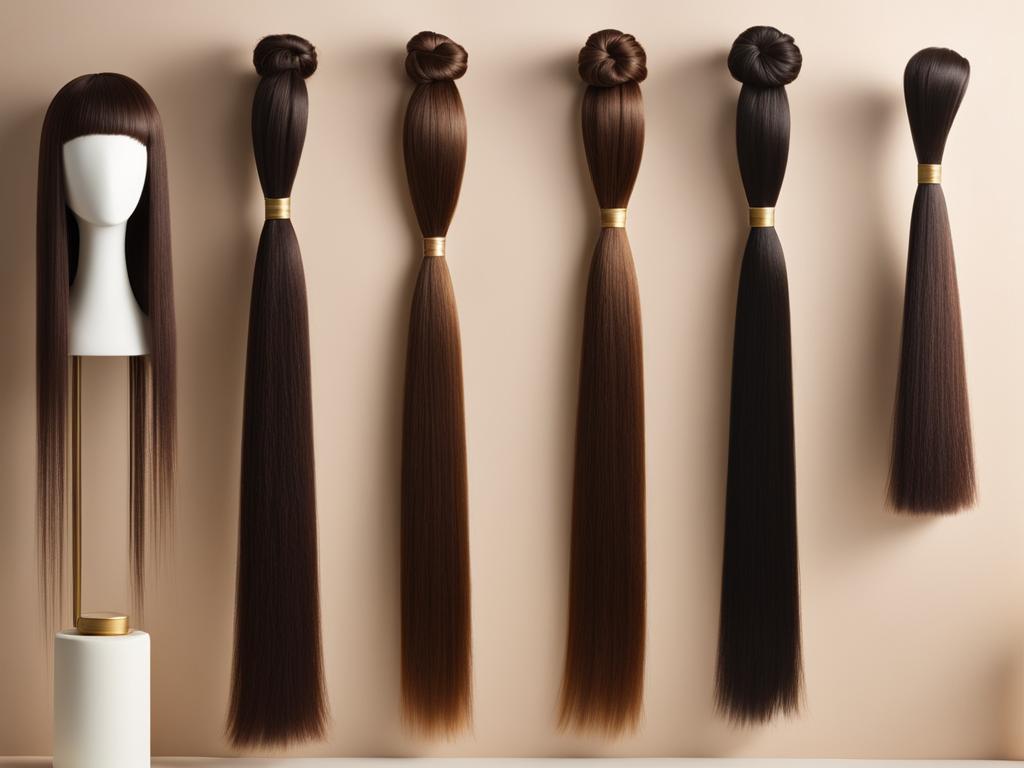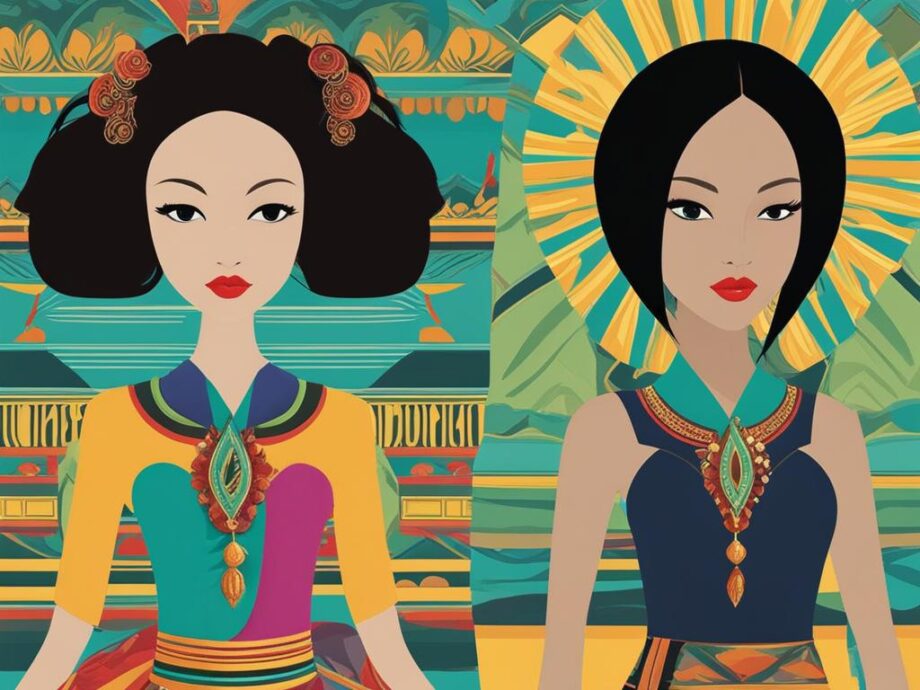Choosing the right hair extensions can be a daunting task, especially with the vast array of options available. Two of the most popular hair types are Mongolian and Brazilian hair, each offering unique qualities and characteristics. In this article, we’ll compare the texture, durability, and versatility of Mongolian and Brazilian hair, as well as their price difference. Our goal is to provide you with the necessary information so that you can make an informed decision that suits your needs and budget.
Key Takeaways
- Mongolian and Brazilian hair extensions offer unique qualities.
- Texture, durability, and versatility should be considered when choosing between Mongolian and Brazilian hair.
- Price difference may also affect your decision.
- Personal preferences and style considerations play a role in deciding which hair type suits you best.
- Understanding the similarities and differences between Mongolian and Brazilian hair can help you make an informed decision.
Texture and Quality of Mongolian and Brazilian Hair
When it comes to choosing between Mongolian and Brazilian hair extensions, the texture and overall quality of the hair are essential factors to consider. Let’s compare the natural characteristics of each hair type to understand the similarities and differences:
| Mongolian Hair | Brazilian Hair | |
|---|---|---|
| Texture | Mongolian hair is generally soft and silky, with a slight wave or curl pattern. | Brazilian hair is thicker and coarser compared to Mongolian hair, and has a natural straight or wavy texture. |
| Thickness | Mongolian hair strands are usually finer and thinner, making it an ideal choice for a natural-looking hairstyle. | Brazilian hair strands, on the other hand, are thicker and coarser, which makes it better for fuller and voluminous styles. |
| Hair Quality | The hair quality of Mongolian hair is considered to be top-tier due to its softness, natural shine, and strength. | Brazilian hair is known for its durability, thickness, and the ability to hold styles and color well. |
| Ability to Hold Styles | Mongolian hair has a natural wave or curl pattern that holds styles well. However, it is less resistant to humidity and may require more maintenance. | Brazilian hair can hold styles very well and is more resistant to humidity. It also requires less maintenance and is easier to care for. |
As you can see, there are distinct differences between Mongolian and Brazilian hair textures and qualities. Ultimately, the right hair type for you will depend on your personal preferences and desired style.

Durability and Longevity of Mongolian and Brazilian Hair
When it comes to investing in hair extensions, durability and longevity are crucial factors to consider. Both Mongolian and Brazilian hair are known for their durability, but there are some notable differences to keep in mind.
Pros and Cons of Mongolian Hair
Mongolian hair is thick, soft, and can withstand heat and styling without losing its quality. It also has natural wave patterns, making it ideal for achieving a beachy, effortless look. However, one downside of Mongolian hair is that it can be prone to tangling and shedding, especially if not cared for properly.
Pros and Cons of Brazilian Hair
Brazilian hair is known for its versatility and durability. It holds curls exceptionally well, making it perfect for voluminous, bouncy hairstyles. Additionally, Brazilian hair is low maintenance and requires minimal upkeep to maintain its quality. Nevertheless, one downside of Brazilian hair is that it can be more expensive than Mongolian hair, and it may require more frequent washing to avoid greasiness.
Overall, both types of hair have their pros and cons. Choosing the right one depends on your desired style, lifestyle, and budget. Take some time to weigh these factors carefully before making your decision.

Versatility of Mongolian and Brazilian Hair Extensions
When it comes to choosing between Mongolian and Brazilian hair, versatility is a crucial factor to consider. Mongolian and Brazilian hair extensions can both work well with different hair textures and styles, but they come with unique characteristics that set them apart. Let’s explore their versatility in detail.
Mongolian Hair Extensions
Mongolian hair extensions, known for their thickness and natural texture, can blend effortlessly with African-American hair. They are also perfect for creating a natural-looking hairstyle, as their softness makes them easy to manage and style. Mongolian hair extensions are generally less shiny than Brazilian hair extensions, which enhances their authenticity.
Brazilian Hair Extensions
Brazilian hair extensions, on the other hand, are highly versatile and compatible with different styles. Their natural luster and smooth texture make them ideal for creating a sleek straight look, but they can also hold curls beautifully. Brazilian hair extensions are often considered an all-purpose option as they can complement various skin tones and face shapes.
It is important to note that when it comes to price, Mongolian hair extensions are generally less expensive than Brazilian hair extensions due to the difference in availability. However, high-quality Mongolian hair extensions can still be pricey, depending on the length and style.
Ultimately, choosing between Mongolian and Brazilian hair depends on your desired hairstyle, personal preferences, and budget. Consider the texture, durability, and versatility of each type, as well as the price difference, before making a final decision.
Personal Preferences and Style Considerations
When deciding between Mongolian and Brazilian hair, personal preferences and style considerations play a crucial role. Different hair types complement various hairstyles, face shapes, and skin tones differently, so it’s important to choose the one that best suits your unique look.
The mongolian vs brazilian hair price difference is also something to consider. While Mongolian hair is generally less expensive than Brazilian hair, it’s important to ensure that the quality of the hair is not sacrificed. After all, quality should be of utmost importance when choosing hair extensions.
Speaking of quality, it’s important to note the difference in mongolian hair vs brazilian hair quality. Mongolian hair is known for its natural appearance and softness, while Brazilian hair is highly versatile and holds curls well. Which quality is more important to you will depend on your desired style and hair goals.
Another factor to consider is mongolian hair extensions vs brazilian hair extensions. Mongolian Hair tends to have more texture, while Brazilian hair has a slight wave. That being said, both hair types can be styled in many different ways, so consider the compatibility with various styling techniques that meet your daily needs.
Central to this decision-making process will be an understanding of your desired style. Depending on whether you want a glamorous, beachy look or a more natural aesthetic, your choice will differ. For example, wavy Brazilian hair is perfect for a relaxed beachy look, while silky Mongolian hair is perfect if you want a smooth, natural appearance.

“Choosing the perfect hair type can be overwhelming, but by considering factors such as hair quality, affordability, and desired style, you’ll be able to make an informed decision that suits your unique look.”
Conclusion
Choosing between Mongolian and Brazilian hair extensions can be a difficult decision, but by weighing the pros and cons of each hair type, you’ll be able to make a confident choice that suits your unique needs.
If you prioritize a soft and natural look, Mongolian hair may be the perfect fit for you. On the other hand, if you desire versatile styling options and the ability to hold curls, Brazilian hair may be the way to go.
It’s essential to consider factors such as hair quality, affordability, and your preferred style when making a final decision. By taking these factors into account, you can rest assured that you’ll select the perfect hair type for you.
Ultimately, the choice between Mongolian and Brazilian hair extensions depends on your personal preferences, budget, and desired style. So weigh your options, and choose the hair type that will make you feel confident and beautiful every day!
FAQ
What is the difference between Mongolian and Brazilian hair extensions?
Mongolian hair is known for its softness and natural appearance, while Brazilian hair is praised for its versatility and ability to hold curls. The decision between the two types depends on personal preferences, budget, and desired style.
How do the textures and quality of Mongolian and Brazilian hair differ?
Mongolian hair is typically thicker and coarser, providing a voluminous and full-bodied look. Brazilian hair, on the other hand, is known for its fine and silky texture, offering a smoother and more natural appearance.
Which type of hair extensions is more durable and long-lasting?
Both Mongolian and Brazilian hair extensions are durable and can withstand heat and styling. However, Mongolian hair may have a slightly longer lifespan due to its thicker and more resilient nature.
Are Mongolian and Brazilian hair extensions versatile?
Yes, both Mongolian and Brazilian hair extensions are versatile and can blend seamlessly with different hair textures. They are also compatible with various styling techniques, allowing you to achieve different looks effortlessly.
What is the price difference between Mongolian and Brazilian hair extensions?
The price difference between Mongolian and Brazilian hair extensions can vary depending on the brand and supplier. Generally, Mongolian hair extensions tend to be slightly more expensive due to their higher quality and durability.
How do personal preferences and style considerations affect the choice between Mongolian and Brazilian hair?
Personal preferences, budget, and desired style all play a role in choosing between Mongolian and Brazilian hair. Considering factors such as hair quality, affordability, and how each hair type complements your hairstyle, face shape, and skin tone will help you make the right decision.
